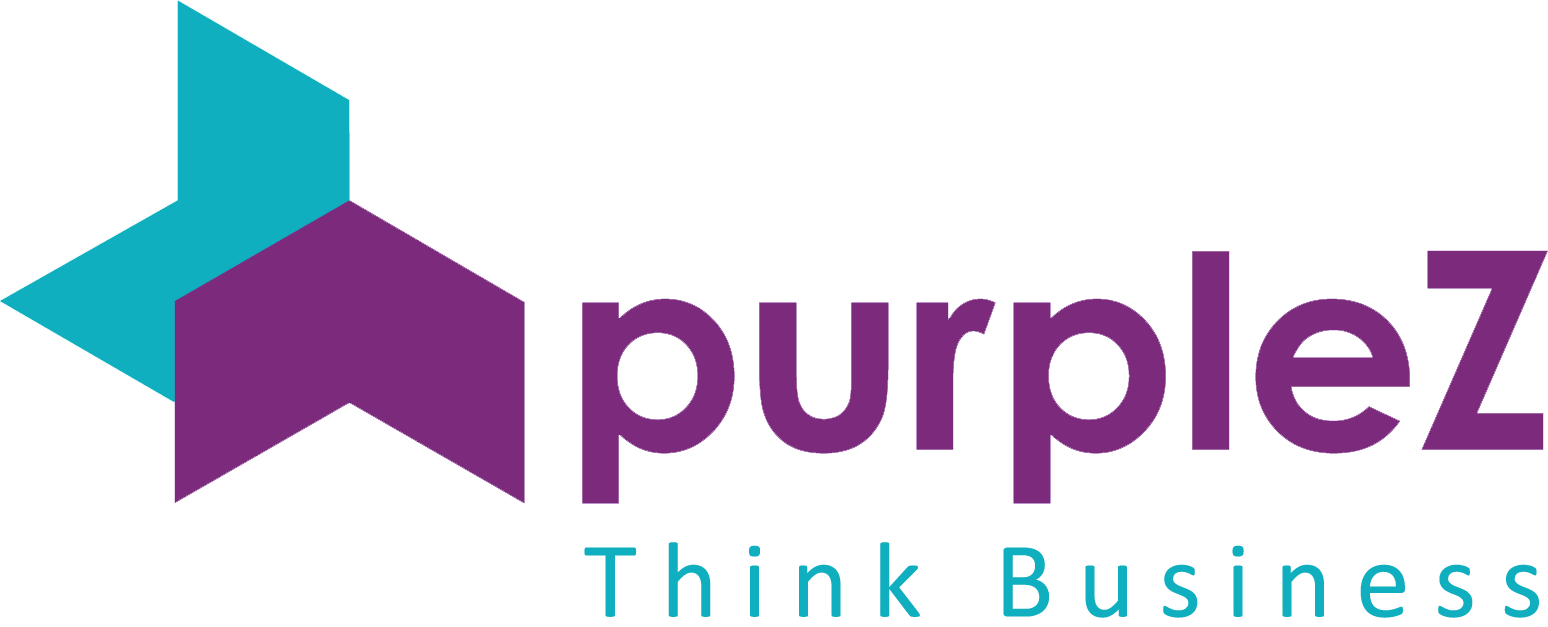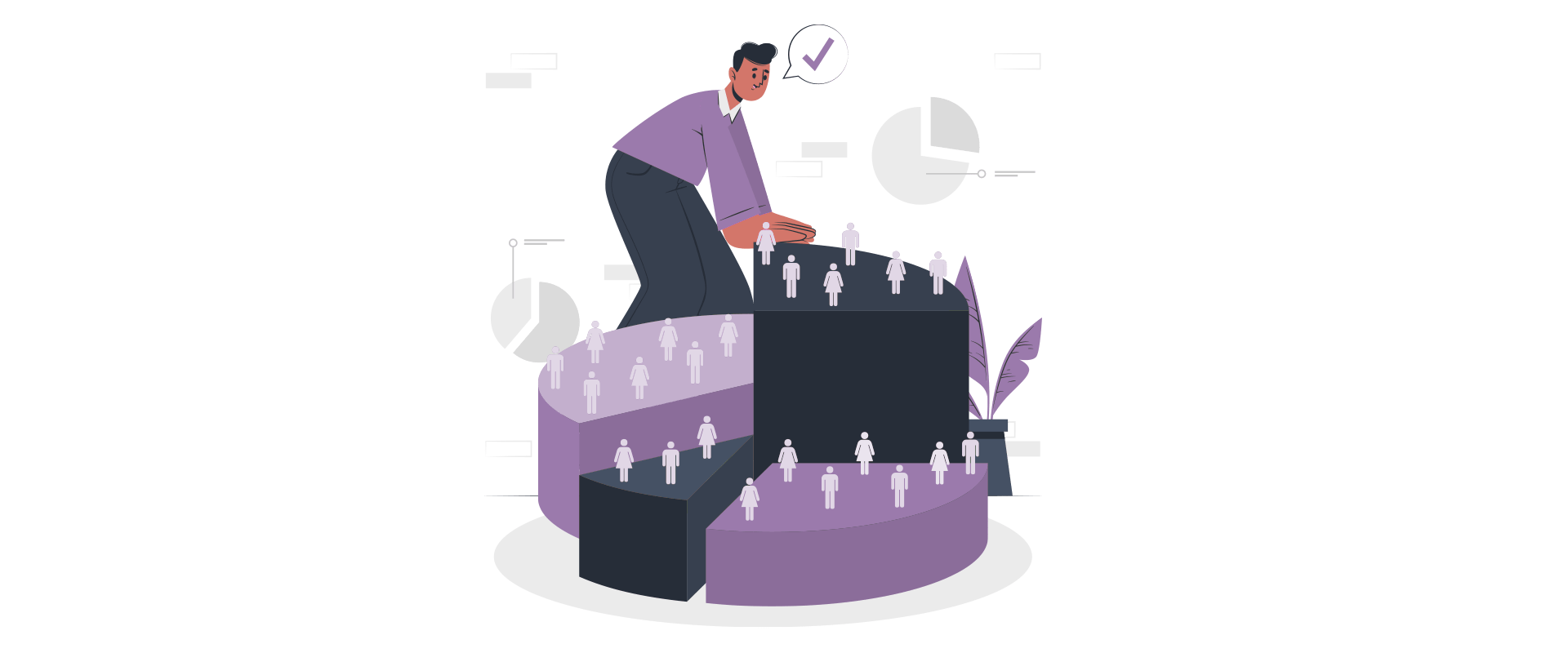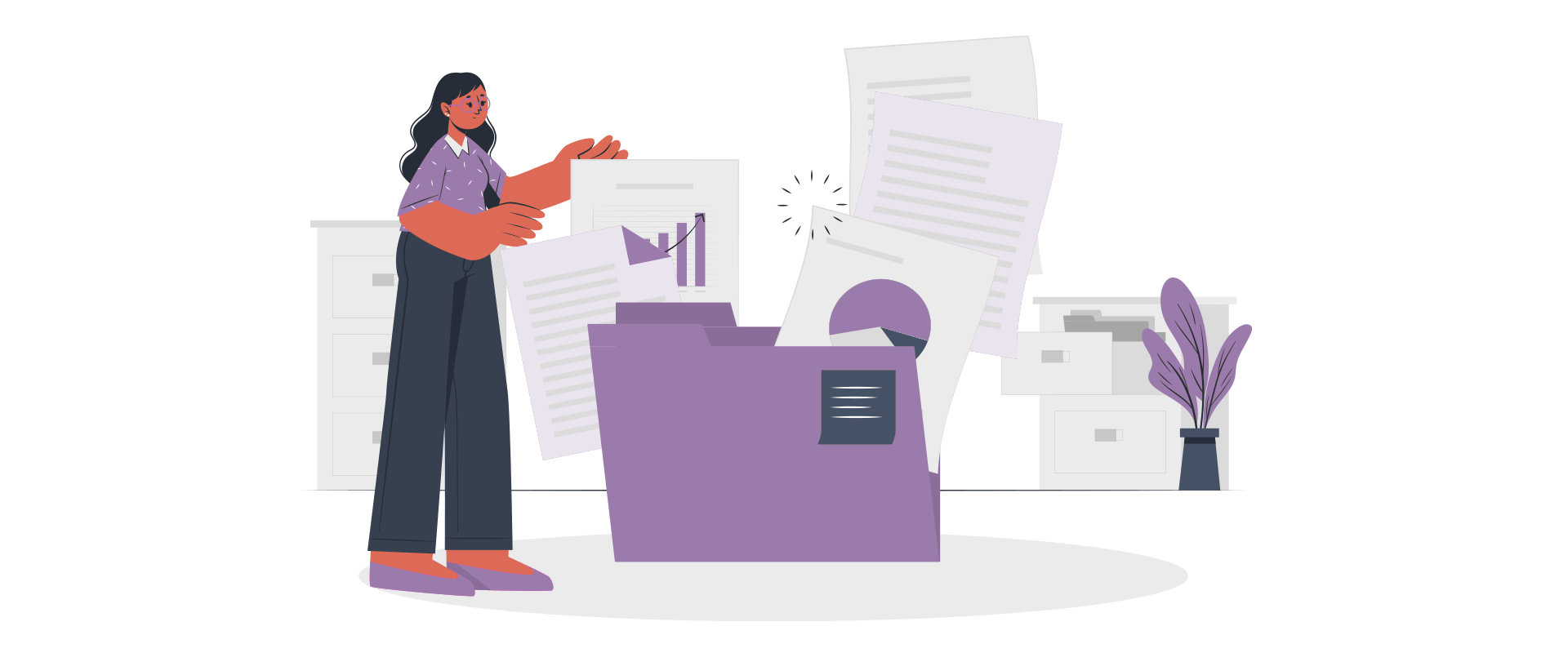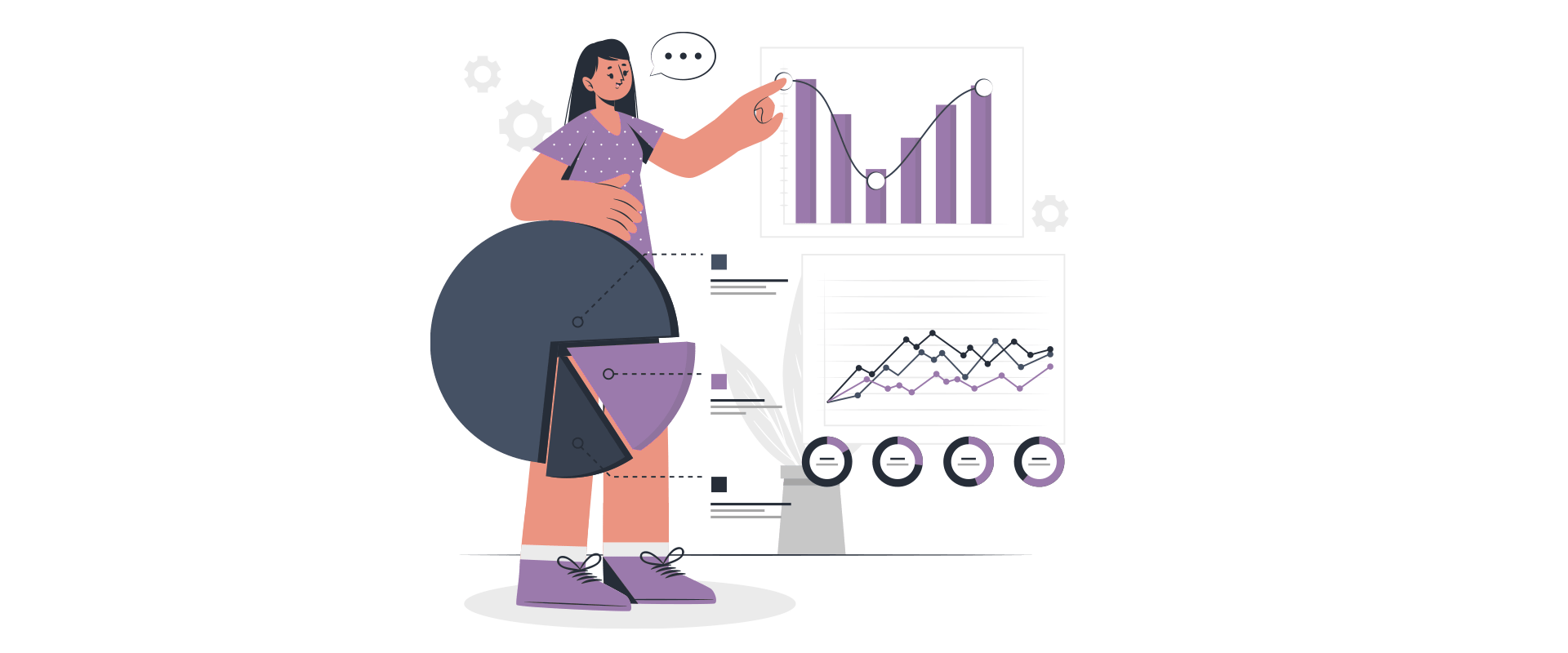Contents
Benefit segmentation is a marketing strategy that focuses on understanding the unique needs of consumers. It helps companies identify various consumer groups, known as segments, within their target market.
Benefit segmentation enables companies to develop product offerings and marketing strategies based on the individual needs of each consumer group.
The process involves analyzing consumer data to determine how different needs might influence purchasing decisions and developing strategies based on these findings.
What is benefit Segmentation?
Benefit segmentation is the process of identifying and prioritizing your customers’ needs, desires, and expectations. It allows you to tailor your offerings so they address specific customer segments in a way that resonates with them.
Understanding Market Segmentation
Market segmentation involves creating groups of buyers who share common characteristics and respond similarly to marketing efforts. This process can determine the ideal market for a particular product or service and develop distinct marketing approaches for each segment. Market segmentation helps companies focus on specific target markets rather than trying to appeal to everyone simultaneously, which may dilute their message and increase costs.
Market segmentation is often based on demographic variables such as age, gender, income level, or geographic location; psychographic factors like lifestyle choices; behavioral variables such as buying habits or usage patterns; or some combination thereof (e.g., age plus behavioral loyalty).
What Are the Advantages of Benefit Segmentation?
Utilizing benefit segmentation as a marketing strategy enables businesses to connect effectively with specific customer groups while improving revenue and customer satisfaction and reducing costs.
Businesses can increase profits by catering products to meet the specific needs of target customers. For example, if a software company predominantly sells to larger corporations, it may benefit from creating a new software product tailored for small businesses.
By implementing this strategy, the business can increase its customer base and attract those interested in the latest product or service offerings.
The Process of Benefit Segmentation
Benefit segmentation is a process that involves researching, defining, and developing a list of target audiences. You should start by defining your product or service, then proceed to define the problem you are solving for those customers.
From there, create a list of benefits that will resonate with each target audience before narrowing down your options based on the segmentation criteria (more on this later).
Once you’ve decided which segments best fit your business goals, test them out! Run some A/B tests with different copies and see which group performs better regarding conversion rate or other metrics like revenue per visitor or average order value (AOV).
Types of Benefit Segmentation
Marketing professionals often use benefit segmentation to categorize a market into distinct groups based on the specific benefits they seek. Understanding these needs is crucial in creating products or services that cater to each group’s unique requirements.
Benefits can be defined as “the core elements of customer value,” which means that the benefits you offer must be something your customers will find valuable.
For example, a company selling snowboards might have three customers: beginner skiers who want an easy ride down the slope, intermediate skiers who want more excitement in their experience, and expert skiers who want challenging terrain with steep inclines and fast speeds.
Implementing Benefit Segmentation
Benefit segmentation can be utilized to prioritize product development efforts, marketing campaigns, and sales strategy.
This process involves determining the most significant benefits for each segment of customers. Gathering data on the needs and wants of customers is crucial in identifying which benefits are of utmost importance to them and what they value.
For instance, if most customers prioritize more customization options over faster delivery times, focus on adding more options before improving delivery times (or vice versa).
After gathering insights in the previous step, it’s time to identify the main advantages of each segment. These benefits will be used as criteria when prioritizing the segments later on, so it’s important to ensure they’re specific.
Challenges and Limitations of Benefit Segmentation
There are many benefits of benefit segmentation, but it’s suitable for some industries, products, and customers.
Benefit segmentation can be difficult if you’re trying to sell multiple benefits at once. For example: if you’re selling insurance and want to offer discounts on travel and other services (such as gym memberships), you may need help with how best to communicate these offers together.
If your product has a specific target audience, then benefit segmentation won’t work very well either; this is because most people will only care about one or two things from your brand rather than three or four different aspects of what makes up their experience with it.
FAQ
What is the difference between benefit segmentation and demographic segmentation?
In marketing, demographic segmentation is commonly used, but an alternative approach called benefit segmentation focuses on the benefits of a product or service. Benefit segmentation is a more precise way of targeting customers because it identifies specific important benefits. While demographic factors such as age, gender, and income are important in marketing, they may not completely understand what customers want and need.
Benefit segmentation allows you to identify groups of people who share similar interests or needs–and therefore have similar buying habits–based on what they value most in their purchases.
For example: If you’re selling cars online through an eCommerce platform like Shopify (or another CMS), then one way you could use benefit-based targeting would be by creating separate landing pages for each model type (SUV vs. sedan) so that when someone visits the site looking specifically at SUVs but ends up clicking over onto sedans instead due to an error message popping up when he tries adding accessories onto his order form because he didn’t realize there were two types available before making his final decision – say goodbye!
How can companies effectively gather data for benefit segmentation?
Companies have various methods of collecting data for benefit segmentation. Surveys, focus groups, and interviews are one method to obtain information from customers and potential customers. Alternatively, customer reviews on social media and other online sources, as well as customer service calls and emails, can also be examined. Furthermore, the sales team may have valuable information regarding the benefits most advantageous for specific customer segments.
Is benefit segmentation suitable for all industries?
Targeting customers through benefit segmentation is a highly effective approach. You can create messaging that directly speaks to their unique needs by identifying the most important benefits for each audience segment. While this strategy can be applied across industries, there may be better options for certain businesses or brands. To determine if benefit segmentation is the right strategy for your company, it’s important to consider its advantages and disadvantages.
Conclusion
Companies can use benefit segmentation to expand their customer base by understanding their target audience’s needs and creating products to meet them. This approach requires careful planning and execution to achieve success. If you are considering implementing benefit segmentation in your business or industry, our guide aims to provide valuable insight into its workings.
Visit our website for a free marketing audit.
